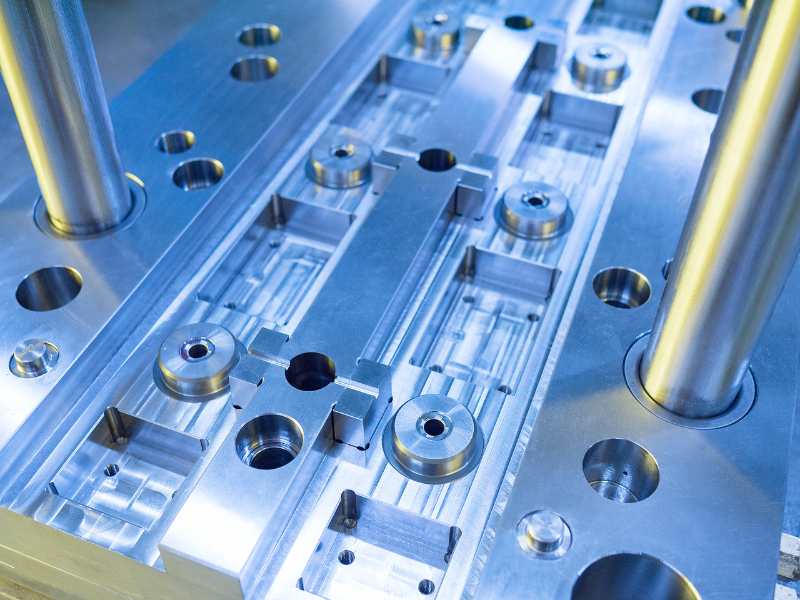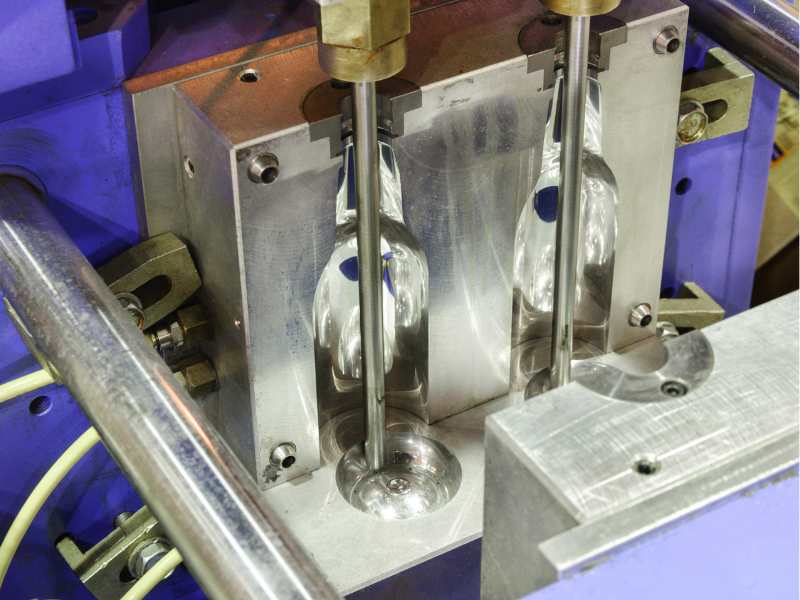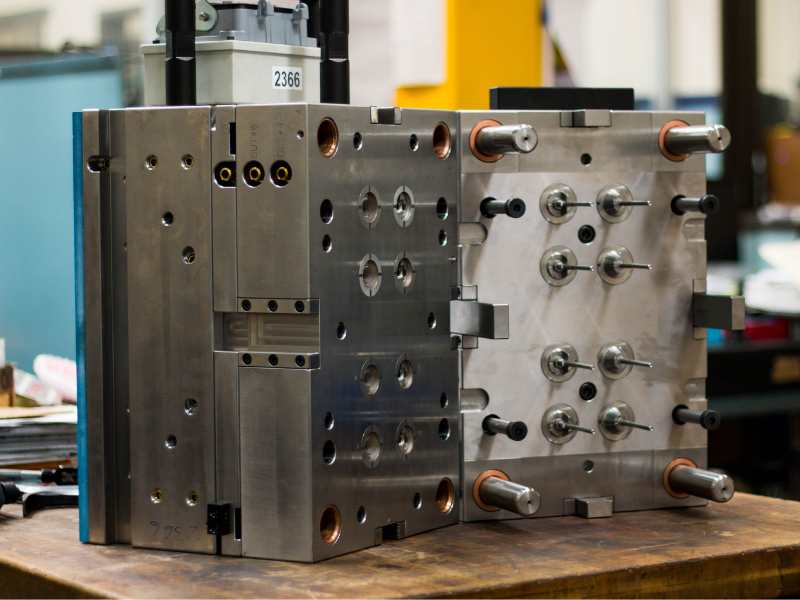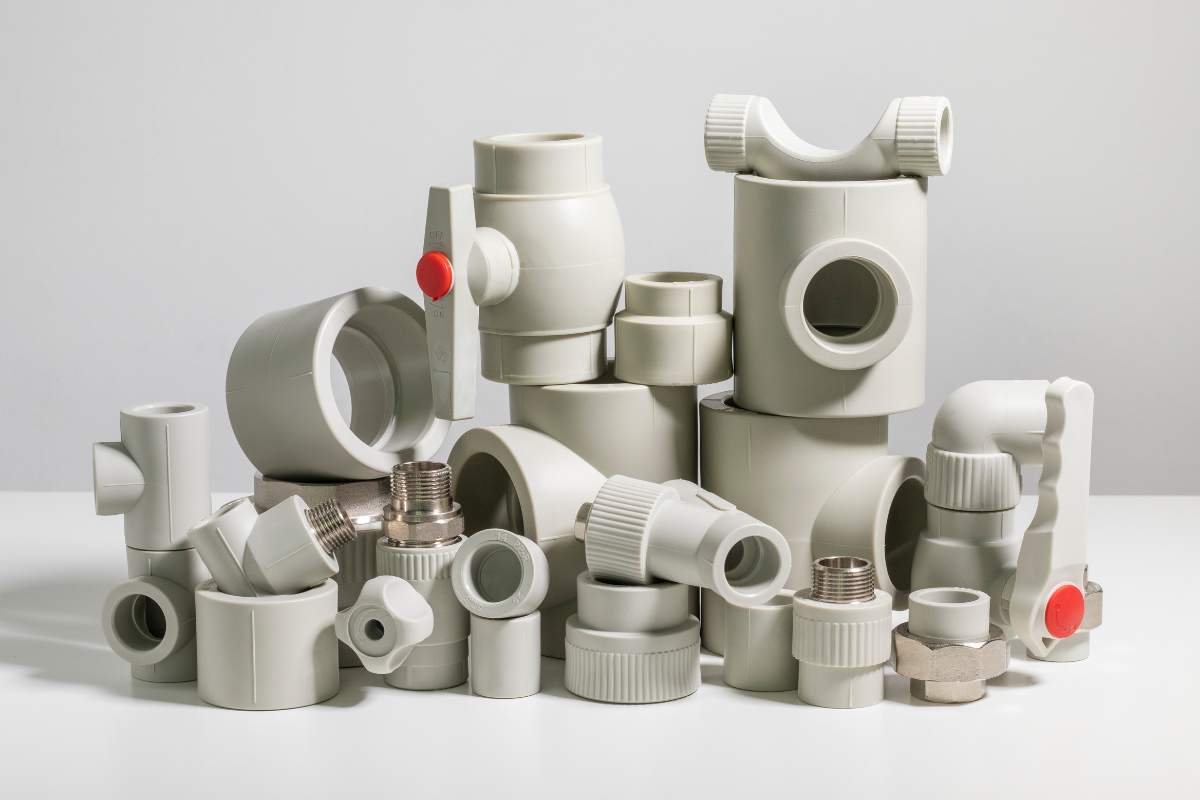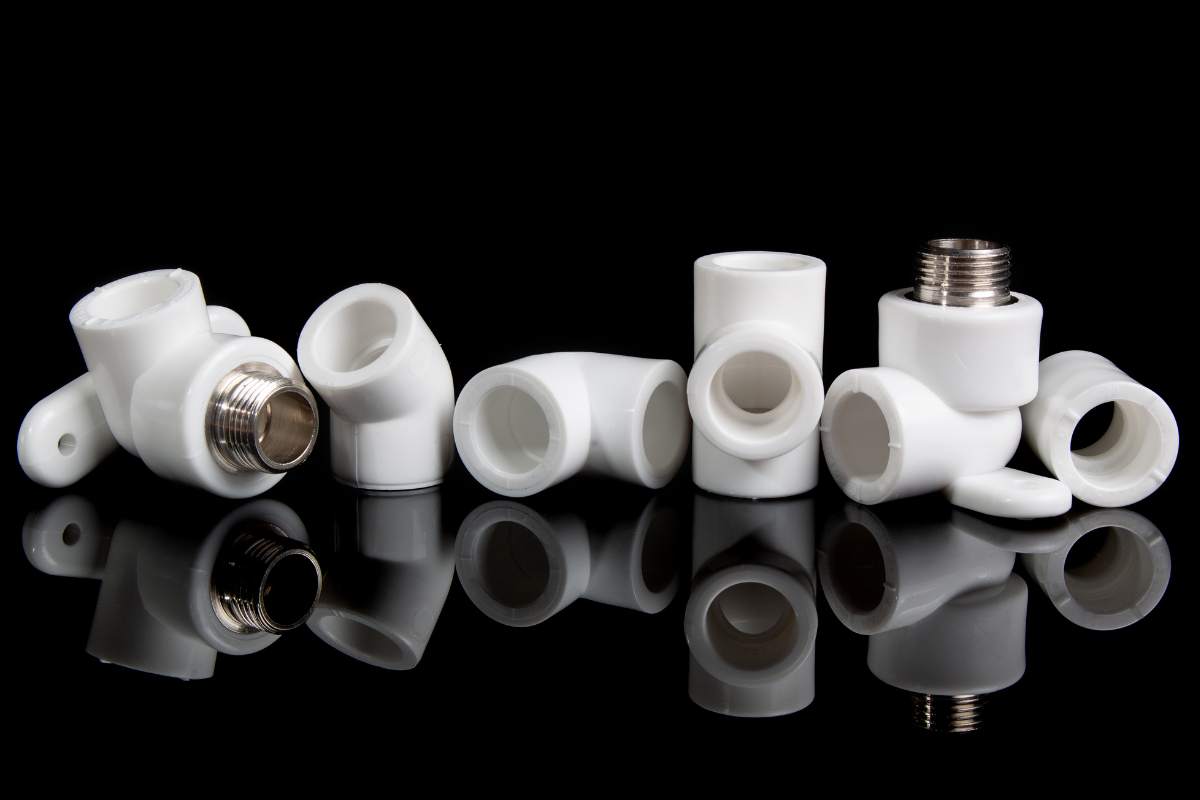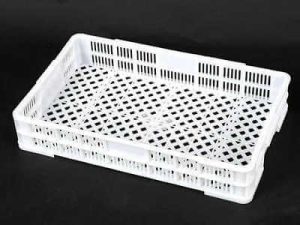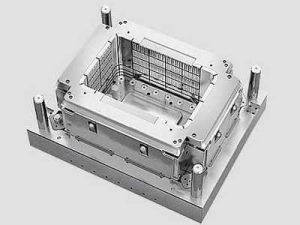The important mould manufacturing industry—China mould
China mould companies are now facing heavy pressure because of the high competitiveness of injection moulding companies from India and Vietnam. The reason for the heavy pressure on the Chinese plastic injection moulding company is detailed below.
- Many plastic injection mould companies are located in India and Vietnam, which will contribute to China’s share of the mould manufacturing market.
- The inflation caused the Chinese mould companies to pay more material costs, such as for mould steel and other materials, especially copper, since the war. Additionally, this has resulted in a significant increase in salaries. From 2009 to 2011, the general salary increased by 40%, but it did not increase more each year.
- Due to the global economic recession, many Chinese moulding companies have experienced reduced orders. Therefore, when any purchase order is required, they all compete with each other on the mould price, leading to a continuous decrease in the price. Meanwhile, they cannot guarantee the mould’s quality.
China Mold Maker is one of the most important mold makers in the world. China is home to different categories of moldmakers, and this usually presents a challenge to anyone looking for a mold maker in the country. Many first-time buyers are often amazed by the sheer availability of mold makers, but soon realize that they should have taken more time to select the most appropriate and suitable mold maker.
It is relatively simple to spot a trustworthy mold shop in most of the developed countries, such as the United Kingdom, America, or Japan. Of course, the price is very high, but the case is quite different in China. This is because the numerous mold makers in the country do not all make high-quality molds. Instead, many of these mold makers typically produce low-quality molds that primarily cater to the local market’s demands.

The Advantages of China Mould
As above, we explained that China mould companies face pressure in making moulds, but to compare with India mould and Vietnam mould, China mould still has its advantages. Of course, these advantages are not as big as they were 10 years ago. But even today, many Indian companies are still buying Chinese moulds for their Indian plastic injection moulding mpanies.
A simple piece of information I got from one of my Indian clients (who works for a big plastic injection moulding company in India) is that Indians cannot make good quality plastic injection mould; when they have any small issues, they will hold on to the project and not do anything to solve the issue. On the other hand, Indian made injection moulds will have big issues with quality and lead time.
Here are some advantages of using China moulds:
If you are seeking plastic mold injections for your project, what is the most cost-effective option? In terms of quality and lead time, a China mould will prove to be the most cost-effective option. Going to China to have a mold made may seem a little daunting at first, but as you read further in this article, you will understand why most people choose this option. Here are a few reasons people buy injection molds from China:

The cost is lower than in the USA and Europe.
Production costs for a China mould manufacturer is much lower than ordering one in the USA or Europe. This is primarily due to the economic differences—specifically the lower labor costs in China. This is not something to feel bad about, as it is fairly related to the cost of living and comparable to labor costs across many industries.
The quality is good.
Because China has such a large industrial landscape, they specialize in plastic molds and other industrial items. You can choose from a number of Chinese mould factories, all of which have extensive experience in producing high-quality moulds.
Easy to arrange.
Using the internet, it is very easy to communicate directly with Chinese plastic mold manufacturers. Because they are accustomed to dealing with the USA, you can easily find a representative who speaks English, and you can work with them back and forth until you are satisfied.
Customisation
China mould manufacturers can produce customised moulds according to your specific requirements, mold standard such DME, HASCO, and so on, this is ensuring that you get a mould that meets your exact needs.
Large production capacity
With a vast pool of skilled labour and state-of-the-art manufacturing facilities, China has a large production capacity for injection molds. This means they can produce molds in large quantities and deliver them quickly.
Wide range of materials
China mould manufacturers can produce moulds from a wide range of materials, including plastic, metal, and composite materials.
Considering everything mentioned above, if you’re considering hiring a China mould maker to help with your production-related tasks, you should take a few crucial factors into account to ensure a successful outcome. For example, clearly identify the specific goals you hope to achieve with the assistance of a reputable company. This can either be precision or any other important thing that stands to help improve your production activities. Precision ensures that the task at hand is completed precisely as instructed.
In addition to the aforementioned requirements, you must also seriously consider the demands of this highly competitive industrial sector. Once you take into account the new technological developments, punctuality plays a crucial role in ensuring a robust turnaround in your goods’ production. Simply put, the sooner you receive the requested plastic parts, the faster you can complete production, thereby achieving much-needed cost effectiveness.
You should also dedicate some time to familiarise yourself with all the relevant plastic mould services related to your production activities. Doing so will help you make the right decisions and start enjoying the benefits of global operations. The best place to do plastic injection tooling is in China; hence, you should keep that in mind when looking to collaborate with any China mould company. Assembly and finishing should be done later, in Mexico. Simply put, these recommendations take into serious consideration the basic requirements, which are cost efficiency and speed.
It is equally important to note that the best global company should have experience working with a variety of global clients. This is crucial, as it ensures the seamless delivery of all plastic moulds to any global location. In general, to succeed in manufacturing, you must follow emerging trends.
The next time you require plastic injection mould work, ensure that you exclusively partner with companies that possess a comprehensive understanding of global operations. This is important because it will also help make your global expansion plans much easier.
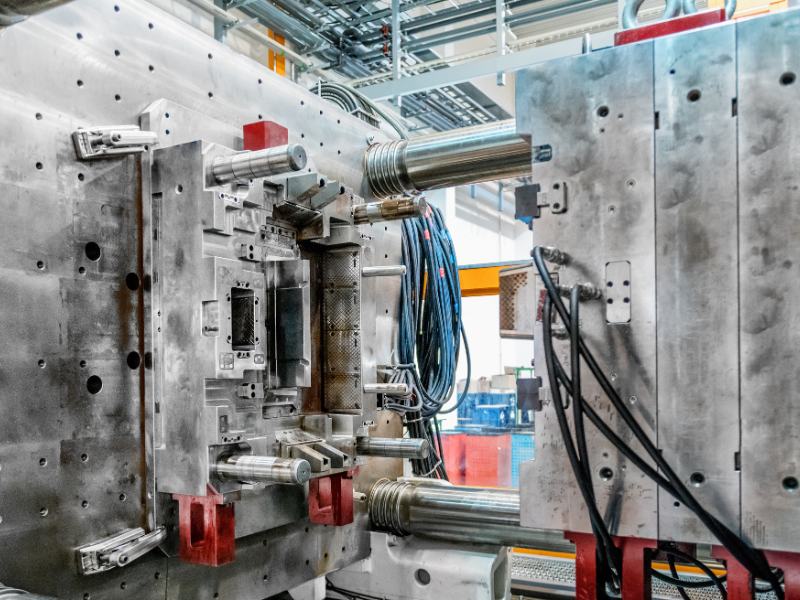
How to Source Moulds From A China Mould Manufacturer
The process is a lot easier than you may think. You can find China mould manufacturers online by searching or by looking for recommendations from other people. Then you can make contact and start negotiating terms. You can usually have your plans drawn up in the US and sent over for them to review, or you can work on them directly with the mould suppliers in China.
Here are some steps to sourcing mould from China:
- Determine your mould specifications: Determine the type of mould you need, including its size, material, and other specifications. You should also have an idea of your budget and production volume.
- Research and select potential China mould suppliers: Use online directories, trade fairs, referrals, online research, and industry associations to identify potential mould suppliers in China. Evaluate the suppliers based on their experience, reputation, and their ability to meet your specific requirements.
- Contact the Chinese mould makers: Reach out to the China mould makers and send them your specifications. Request quotes from each supplier and ask for samples, references, and certifications.
- Evaluate the quotes and samples: Evaluate the quotes and samples from each supplier and compare them against your budget and specifications. You should also consider factors such as the supplier’s lead time, payment terms, and quality control processes.
- Negotiate and finalise the contract: Once you have selected a supplier, negotiate the contract terms, including payment terms, lead time, and quality control. Ensure that the contract includes details such as the scope of work, specifications, and delivery dates.
- Monitor the production and quality control: Monitor the production process closely to ensure that the mould is being produced to your specifications. You can also hire a third-party quality control company to inspect the mould before shipment.
- Receive and inspect the mould: Once the mould is complete, receive it and inspect it carefully to ensure that it meets your specifications. Test the mould to ensure that it produces high-quality parts.
If it is a new project, you should always make some prototypes before going to order moulds. Once you are happy with the prototype, you can start to order mould and wait for your shipment to be delivered. Despite packing and shipping, the cost will be much lower than in the US or Europe.
Sincere Tech is one of the top 10 mould manufacturers in China. We offer custom plastic moulds and plastic injection moulding parts to the world. We have clients from Germany, Canada, America, Spain, Thailand, Lithuania, etc.
Are you looking for A professional and long partner China mold maker?
SINCERE TECH is one of the top 10 plastic injection mould companies in China that offers injection moulding service to various countries in the world with the best quality and excellent after-sales services. The company, which is known to be the leader of the China mould manufacturer, with all its dedication, developed and produced varieties of the injection moulding parts. The optimal service, leading equipment, and advanced technology are valuable reasons for the success of the company.
Sincere tech optimises the design based on the requirements of the customer, and they are very attentive while designing the mould as they can save their money, reducing the processing and mould repair time for their customers.
There are 15 experts in the plastic mould designing team in the company, which is making a fully complete mould design, four engineers who inspect the mould design, and two technical managers to verify the mould structure before mould manufacturing. This team is proficient in operating both UG and PRO-E software with full dedication.
The engineers of the company have the specialisation of the product so that they can provide their customers with worthwhile suggestions and technical support. The design engineers will offer DFM (design for manufacturability) in two business days, and within five days they will supply fully moulded designs to the customers.
Mould developments with perfect design and the top mould manufacturing processing technologies with constant work are their key to success. Their superior emphasis on design, sophisticated working devices, and ideal processing systems provide their clients with more satisfaction.
Sincere Tech has launched three automatic production lines in the surface treatment and workshop that are dustproof and are used in surface texture, surface spray, IMD, etc. They provide their customers with injection mould making and injection moulding services at a low cost, which could not be provided by their competitors. If you are looking for an injection mould or injection moulding China partner to support your business, then you could contact our team, and we will reply to you within two business days.
We have over 18 years of rich working experience plus 15 years of skilled technical English communication.
Good price, good quality, and good service is our tenet.
We guarantee your project will be successful, look at the below picture what our happy customers say.
Are you ready to start your mold project with China mould maker Now,
Send us your requirement for quotation, you won’t lose anything but will get competitive China injection mould price. Check below what is happy customer says











